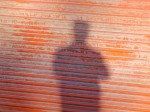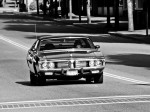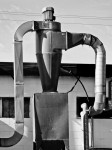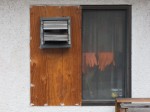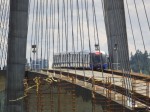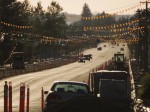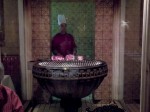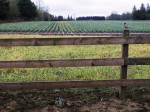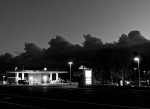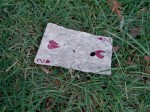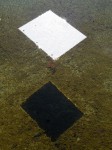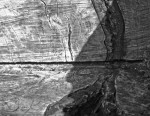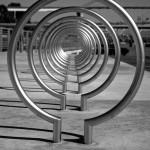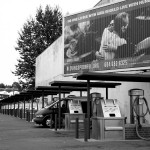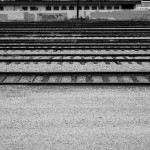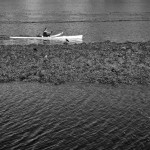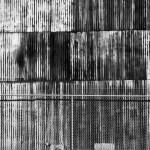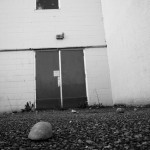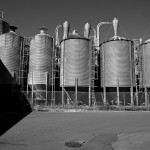Sep
12
2013

Previously I looked for the point at which digital image capture exceeded film for the average snap shot Film vs Digital the battle of 2001. This time around I’ve chosen two different cameras available in 2001 both higher quality and with zoom lenses.
The two cameras are the 4.1 Mpixel Canon G2 with its 1/1.8″ CCD sensor and 34-102mm (35mm equivalent) f2.0 – F8.0 lens against films Canon Sure Shot Classic 120 and its 7 element super Spectra coated f4.5 -f10.9 lens using Kodak Ektar 100. I shot the Canon G2 set at 100 ISO through out.
The Sure Shot Classic 120 was released in 1999 and the Canon G2 came out in 2001 but seeing as film cameras age far more gracefully than digital cameras I think it’s a pretty good comparison, besides there were not many more film cameras being developed at that point.
Looking at the images as the same size side by side it is immediately apparent that for web-based or small prints up to 5×7 there is little difference between them although the Ektar turns out to be less grainy. I think it would be more evenly matched if I had used a lower grade film like Fuji Superia.


It’s only when you look at printing larger sizes that it become apparent that film has the clear advantage.
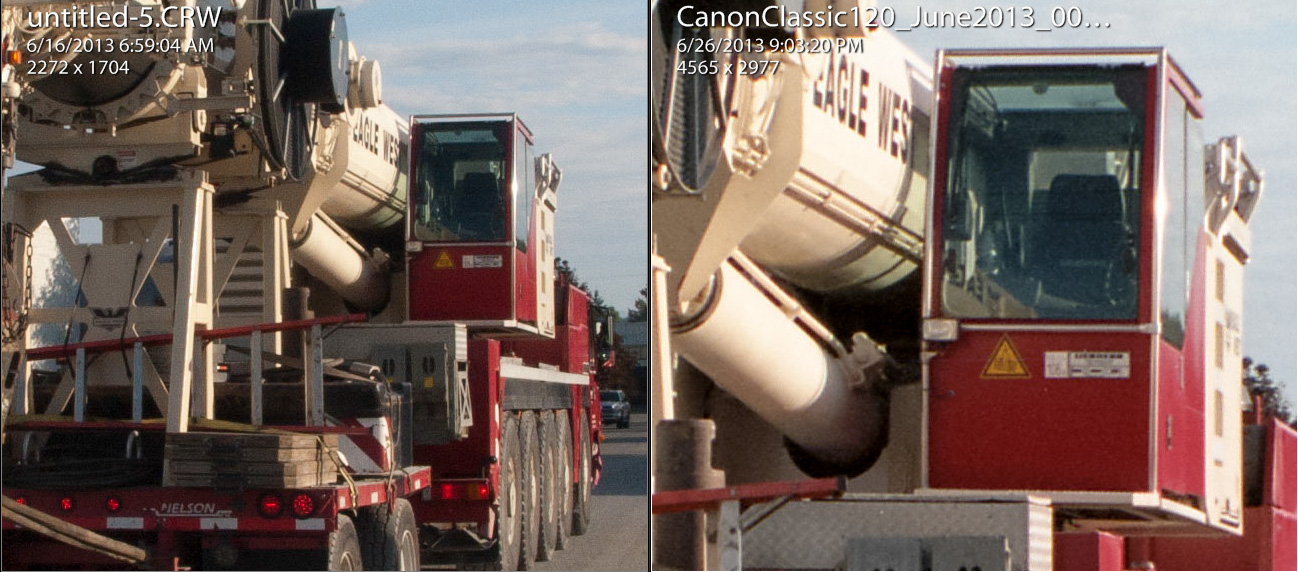
Another thing that isn’t readily apparent is the fact that I had to slightly adjust the exposure a lot with the Canon G2 to prevent it from clipping the highlights something I couldn’t do with the film camera but was completely unnecessary anyway. All through this film has the advantage in dynamic range. The example bellow is without any compensation in a very high contrast situation.
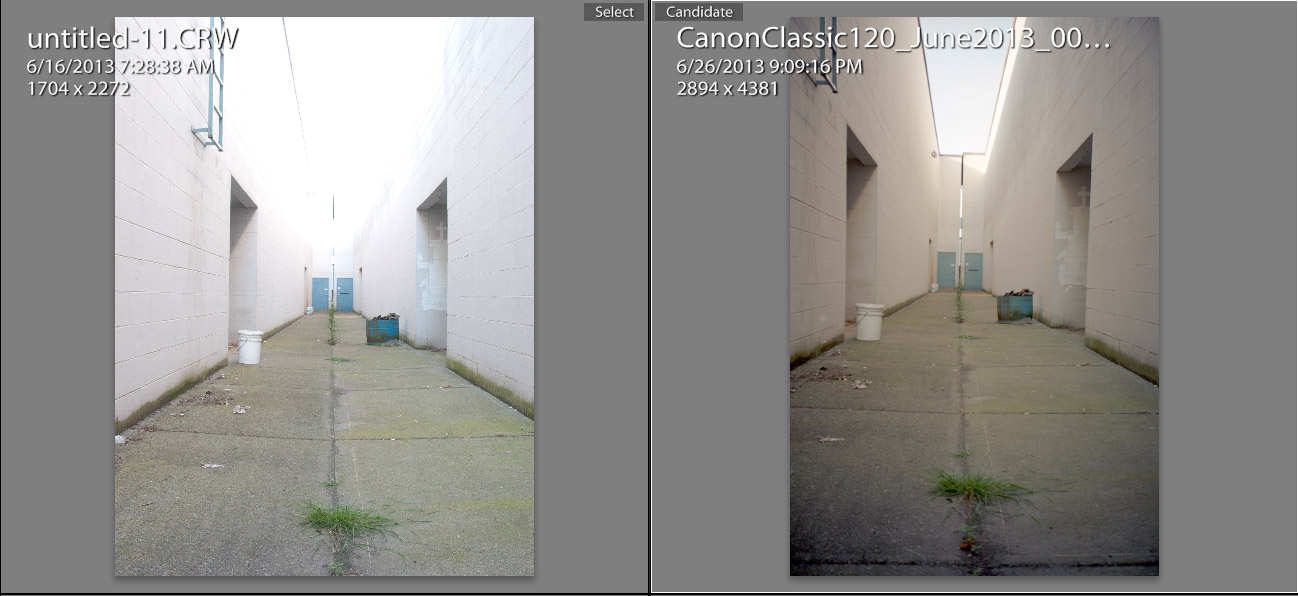
As for colour the digital camera rendered them more naturally.
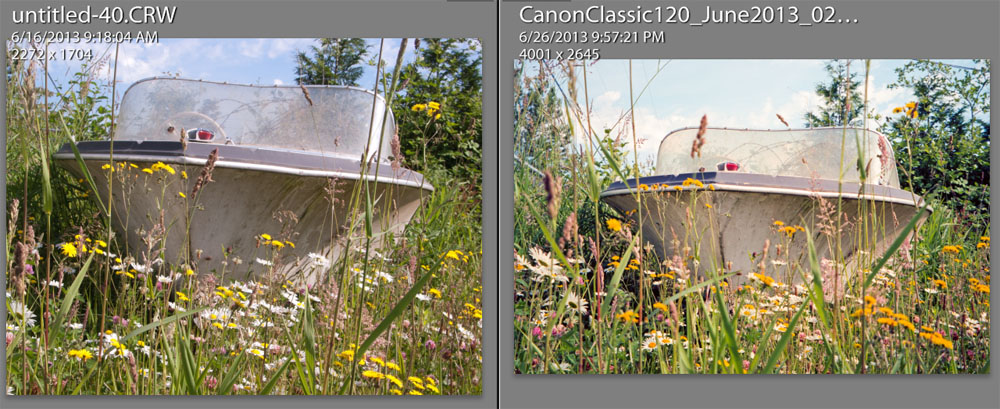

Conclusion
In 2001 even at about 3 times the cost digital point and shoot cameras did not yet exceed film cameras of the same type and I havent even touched on the issue of speed of operation where the G2 is about as fast taking a picture as the Classic 120 is rewinding a roll of film. That’s an exaggeration but from the time you turn the G2 on till you can take a picture is nearly 6 seconds plus about 2.5 to zoom plus 1 second to focus so you better plan ahead in the past.
I will post a gallery of images from the two cameras in a future post maybe mixing them up between the two cameras.
3 comments | tags: Cameras, Canon, Digital, film | posted in Cameras, Photography
Aug
31
2013
Digital photography has a subset where some people seem to spend as much or more time worrying about their gear as actually taking pictures. It’s as if the acquisition of some new camera or lens will solve all their problems. Or time is spent arguing over some minor improvement that apparently renders everything previous obsolete, maybe they should delete all the pictures they took with such inferior equipment. A part of this obsession is focused (pun alert) on the resolution and pixel level sharpness of images apparently with no regard to how it would look printed and viewed. I recently spent some time looking at what are considered important photographs in a Sotheby’s auction catalogue and a large amount of them are anything but sharp or blur free. Part of the drive towards image sharpness may be the use of large prints in contemporary art. Photographers such as Jeff Wall, Andreas Gursky, and Gregory Crewdson create giant prints which are impressive to see in person, why wouldn’t you want to achieve that sort of image. The thing is you aren’t likely to no matter what camera you use. There are reasons images like these are impressive and it isn’t an accident, real work went into creating them including planning and a concept which doesn’t come with the latest model of camera.
I’m not immune from falling into this trap I’ve wasted more than my fair share of time evaluating camera gear instead of creating or enjoying the work of others. I’m not railing against new cameras, I want the latest greatest too (also the oldest and worst), but having it shouldn’t be necessary to create art. In this photo by Ruth Orkin “American girl in Italy” what’s more important how detailed the image is viewed close up or the content?
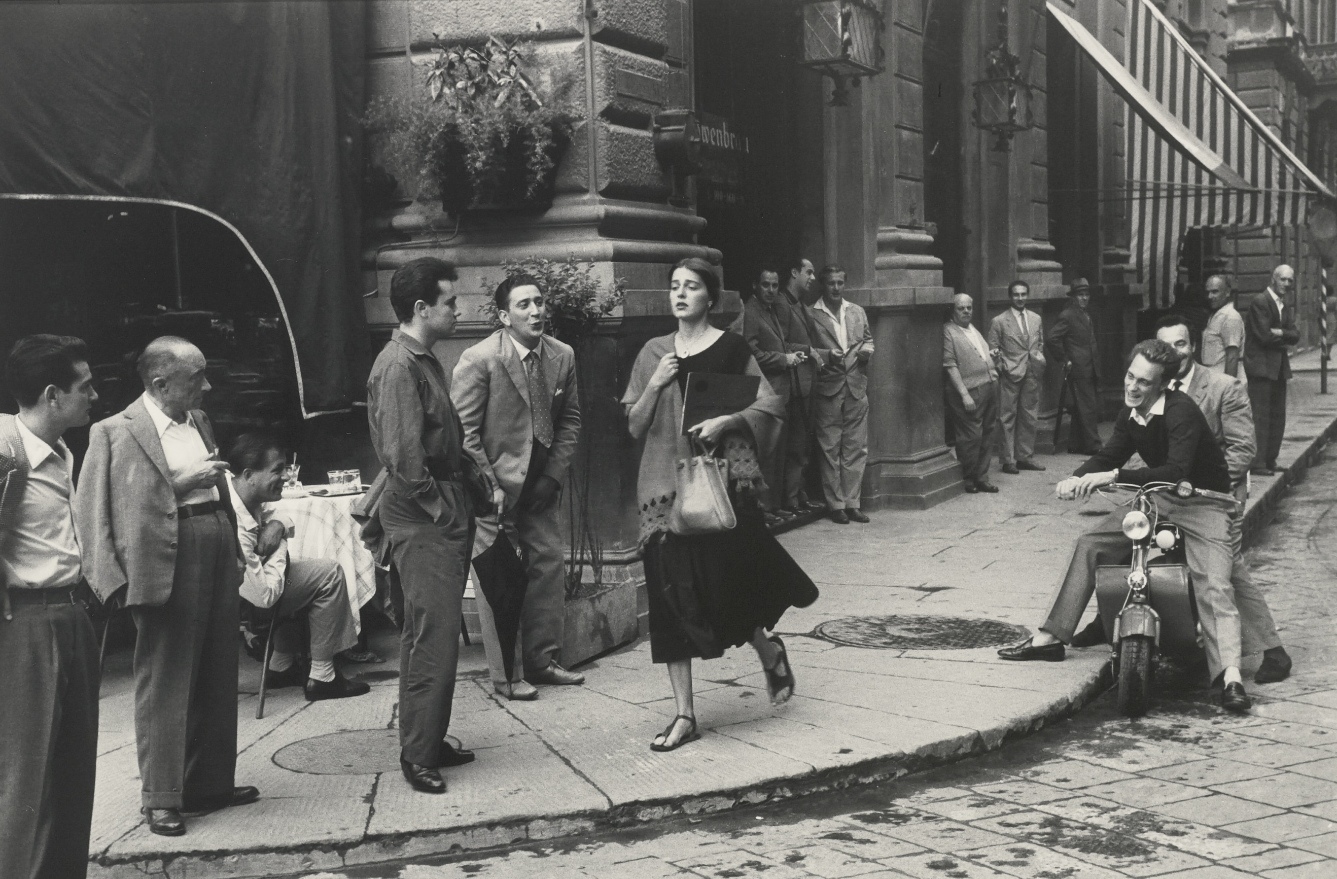
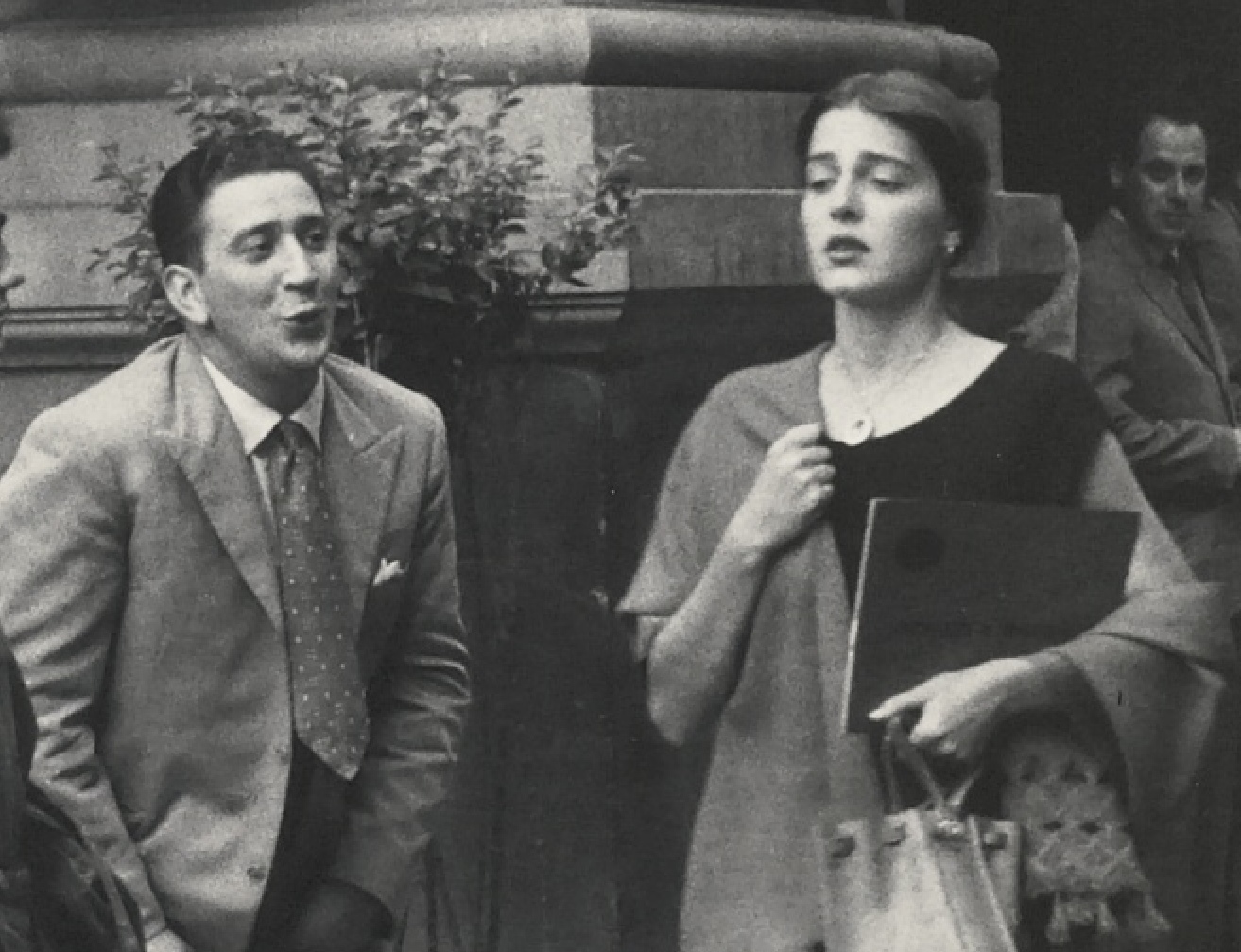
My advice for anyone that finds themselves thinking that maybe they need a new camera or lens is to spend an equal amount of time looking at great photographs from other people and you may soon find out they didn’t even use equipment that matches what you already have.
2 comments | tags: Digital, Photography | posted in Art observations, Cameras
Jul
31
2013
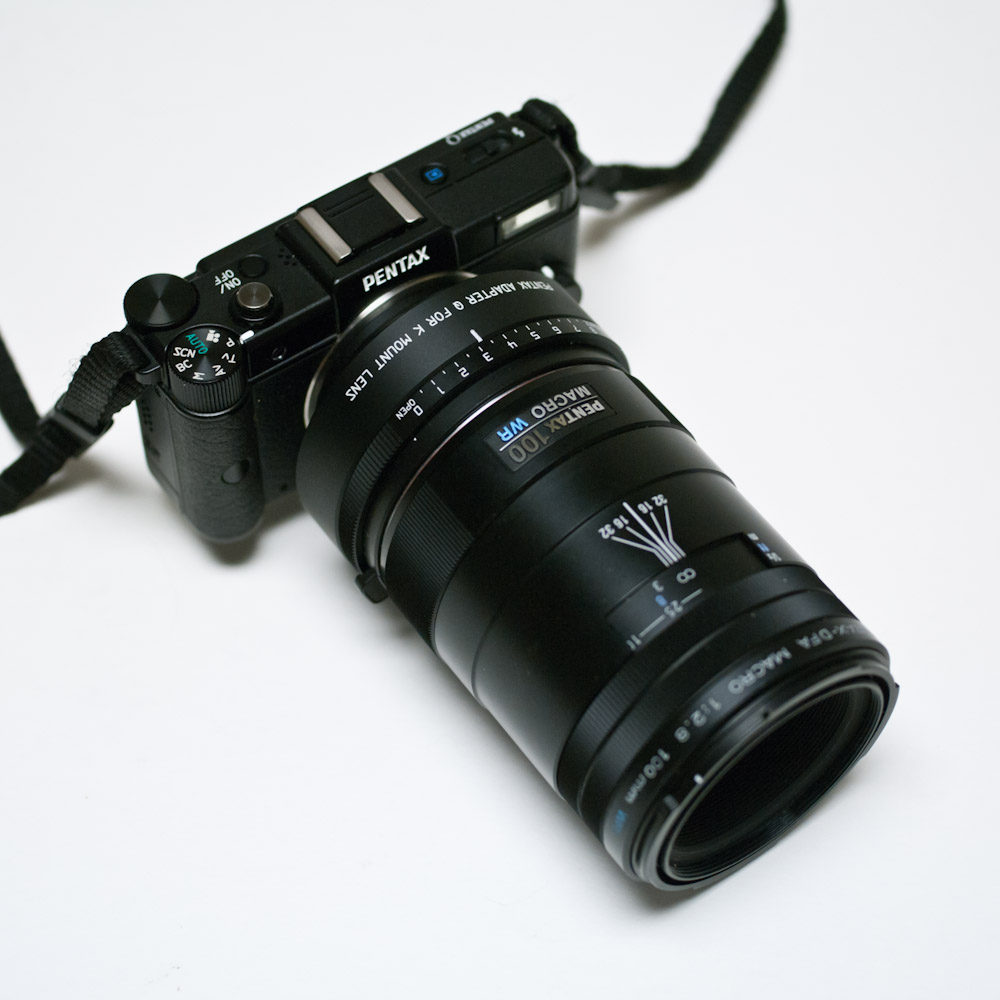
As a child with a hammer sees everything as a potential nail a Wallace with a telephoto lens sees everything…. I think you get where I’m going with this. My first adapter unfortunately failed after only a couple of hours of use but Pentax replaced it under warranty and my second one has been working without any problems. I’ve been using it with several different lenses but the one with the biggest impact has to be the DFA100 2.8 WR macro. On the Q with its 5.5x crop factor that makes it a whopping 550mm f2.8 equivelent macro lens. It’s certainly not a combination that you just pick up and start snapping away with. I’m still determining what works and what doesn’t, primarily it’s the fact that the Q isn’t a great high ISO performer and it’s quite difficult to focus a 550mm lens manually. All the shots so far have been hand-held and I’ve found that there is a real tug of war between setting a higher ISO and having a high enough shutter speed. Now that I’ve determined that there are limits I need to quantify them with a bit more rigor.
The other two lenses that I’ve been using are a 28mm f2.0 Vivitar and various Pentax 50mm lenses. These two give effective focal lengths of 154mm and 275mm respectively.
3 comments | tags: Digital, Pentax, telephoto | posted in Photography
Jun
18
2013
More non-film images from my trip to Calgary Alberta
no comments | tags: Digital, Photography | posted in Photography
Jun
3
2013
Calgary is nothing if not its buildings. Here are digital pictures of some the buildings around downtown Calgary taken over the course of a week during my recent visit.
2 comments | tags: Digital, photograph | posted in Photography
Apr
8
2013

Pentax has released a new firmware update for the Q PENTAX Firmware Update Software for Q which dramatically improves the autofocus, especially in low light. It wasn’t that the Q was bad before but there is a noticeable speed increase. At the moment though the only lens I own with autofocus is the standard prime. A quick test in very low light shows that the camera is able to focus at 3200 ISO f1.9 and 1/4sec which is about -1EV which is very good and approaching DSLR levels.
I often take the Pentax Q with me when I’m out simply because it outperforms its size. What I mean by that is for the small amount of space it takes up it exceeds any other camera I have. It can be jammed into a jacket pocket or worn around the neck either way it’s hardly noticeable. As for wearing it that’s something that gets little mention, most cameras its size don’t have a neck strap and I prefer to wear cameras that way rather than with a wrist strap. This gallery of images from the last two weeks were taken with the 01 prime lens the 03 Fish Eye and my Homebrew 40mm.
7 comments | tags: Digital, lenses, Pentax | posted in Cameras, Photography
Dec
14
2012
This may be the golden age of digital point and shoot cameras or it may be the amber ale age I’m still undecided. At the top of this heap of little mighty cameras is the new Sony RX1. It’s reached that peak by pairing a sensor equivalent in size to 35mm film with a fast 35mm focal length lens. After a wander in the photographic wilderness it seems Sony has conjured the spirit of Minolta once again, likely before they slip back into the dark and we wonder where they went. The stand out feature of the camera though is its price. I don’t doubt that the price is closely related to the developement and production costs but $2799 buys a lot of consumables (Beer and film). My tongue in cheek chart explains this as clearly as an unfiltered beer. I have no doubt that the camera will actually produce quality images in the hands of competent photographers but then a good photographer would no matter what the camera is. For disclosure one of my all time favourite cameras was the Sony DSC-V3 which I used for years and my primary SLR camera was a Minolta x700.

Other autofocus cameras with a full 35mm size frame and a 35mm lens that now cost less than 1% of a RX1 include; Pentax PC35AF, Canon AF35ML (OK it’s 40mm but it’s also f/1.9), Nikon L35AF, Olympus Stylus Epic. I’m sure there are more but I think I’ve made my point and shoot.
3 comments | tags: beer, camera, Digital, film, review, rx1, Sony | posted in Cameras, Photography
Nov
5
2012


I’ve been thinking about how to demonstrate the difference between these two 3d “cameras” but it’s not really possible in this 2d format. So it comes down to words I guess. Starting with the screens , despite the fact that both units display a 3d image without the need of glasses the Fuji screen is far superior. The 3.5″ Fuji screen has 1.15Mpixels doubling the HTC’s 4.3″ touchscreen with 540 x 960 resolution. The images displayed on the Fuji are clearer and more colourful. The difference continues with the lenses and sensors, The Fuji has two 10Mpixel 1/2.3″ CCD behind 3x zoom lenses that provides 35mm equivalent focal lengths of 35 to 105mm. The HTC lens and sensor are a bit of a mystery to me but they are a pair of 5Mpixel units and that is halved again when shooting 3D. The fact is it isn’t much of a contest, the Fuji is better all around but then it doesn’t make phone calls or post to Instagram. The surprise reaction of people who see the 3d image suggests to me that it is still a bit of a gimmick, this is also true because of the difficulty of doing anything with the 3d image. I don’t own any other device to display 3d images so they really are only of interest on the camera itself for now. In a sense when I’m taking 3d pictures I’m hedging that they will be of greater interest in the future. This is almost a truism of all photography as they represent a moment in time that won’t be repeated. I’m just doing it in an extra dimension.


The first image is down-sampled from the 7Mpixel Fuji file and the second from the HTC’s 2Mpixel file. At full resolution the difference is much more apparent.




This mix of samples from the two “cameras” are being displayed as animated GIF’s or wigglegrams. The two images are toggling back and forth giving a view as if you stopped time and moved your head from side to side, you can stop time can’t you?
1 comment | tags: 3D, Cameras, Digital, Fuji, HTC | posted in Cameras, Photography, Processing, Uncategorized
Nov
2
2012

The sigma dp1s is the closest i have come with a digital camera to the experience of shooting film. Not because of the files created but because you really don’t know if you got the shot until much later, in this case when you get it on a computer screen. The LCD, if that’s what you want to call it, isn’t any help, it’s a glorified viewfinder/frame counter. As far as colour or exposure forget it, it is more likely to lead you astray than give you accurate information. It is woefully slow to write RAW files to memory and the shutter lag isn’t great either. If you’re expecting me to now say but the images are so great that it makes it all worth while you will be waiting the same length of time it takes to write to the card. I want to like this camera for its sensor but the rest of the photography experience is so poor that it just can’t climb over that hill. Did I mention the vignetting? No, well it’s bad too and has a colour cast. So the bright spot, no not the highlights it blows out, would be that the larger sensor in a compact can give a shallow depth of field look that you otherwise only get from a DSLR. And despite the low resolution of the files they are sharp. (See it took awhile for me to get to that, the file has been saved). I just re-read my first impression from using the DP1s and it’s pretty much the same.
And now for the images, unfortunately they aren’t full resolution so you can see the clarity of the originals, the down-sampled web images are somewhat softer.
Thanks to Duncan Turner of DLT Photographic for lending me the Sigma
In the end the Sigma dp1s is difficult to compare to other cameras so I’ve created this handy visual aid, just say “The Sigma dp1s is” before each line you’ll get the idea.

3 comments | tags: Digital, Dp1s, Sigma | posted in Cameras, Photography
Oct
21
2012
A long post title but discriptive which makes me wonder if I really need to say anymore.
2 comments | tags: BW, Digital | posted in Cameras, Photography, Processing

















